Scientists have turned to string theory to better understand black holes, proposing they can be modeled as “fuzzballs” made up of interacting strings.
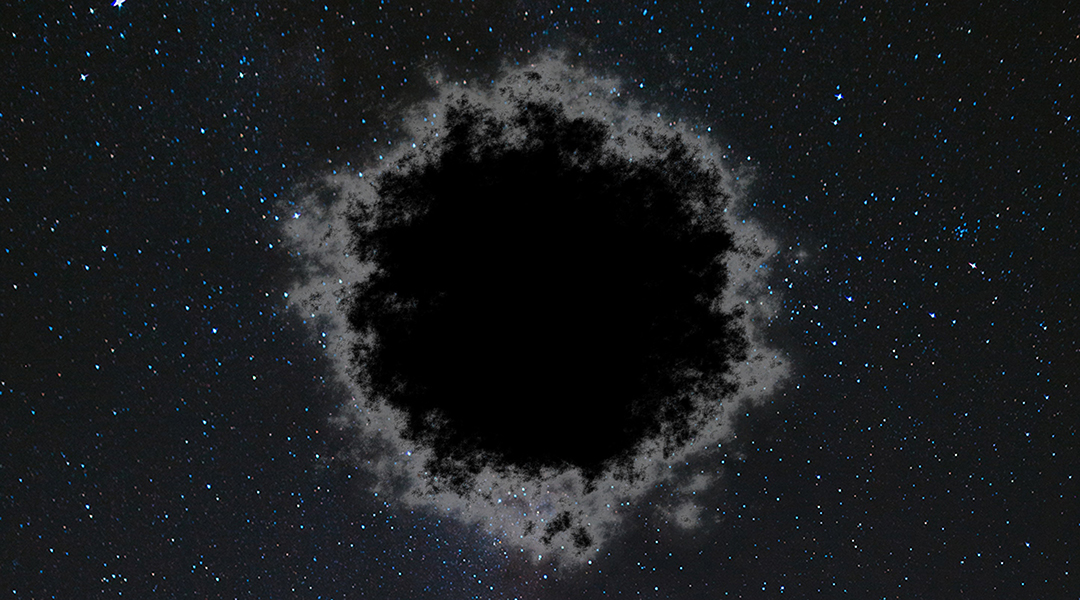

Scientists have turned to string theory to better understand black holes, proposing they can be modeled as “fuzzballs” made up of interacting strings.
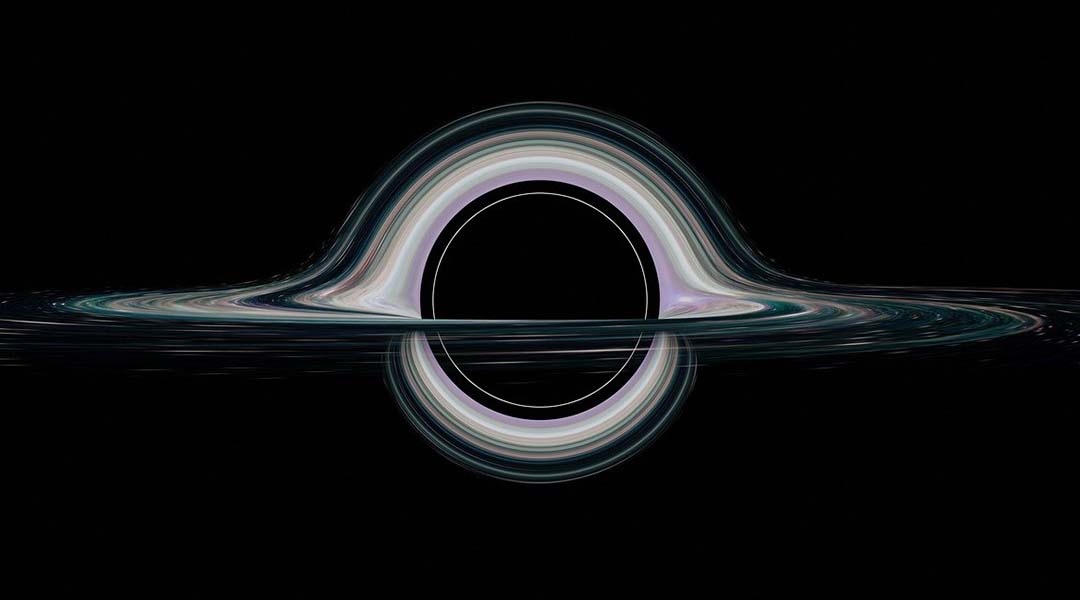
Physicists hope to detect asymmetry in spinning black holes using NASA’s LISA telescope to finally provide proof of quantum gravity.
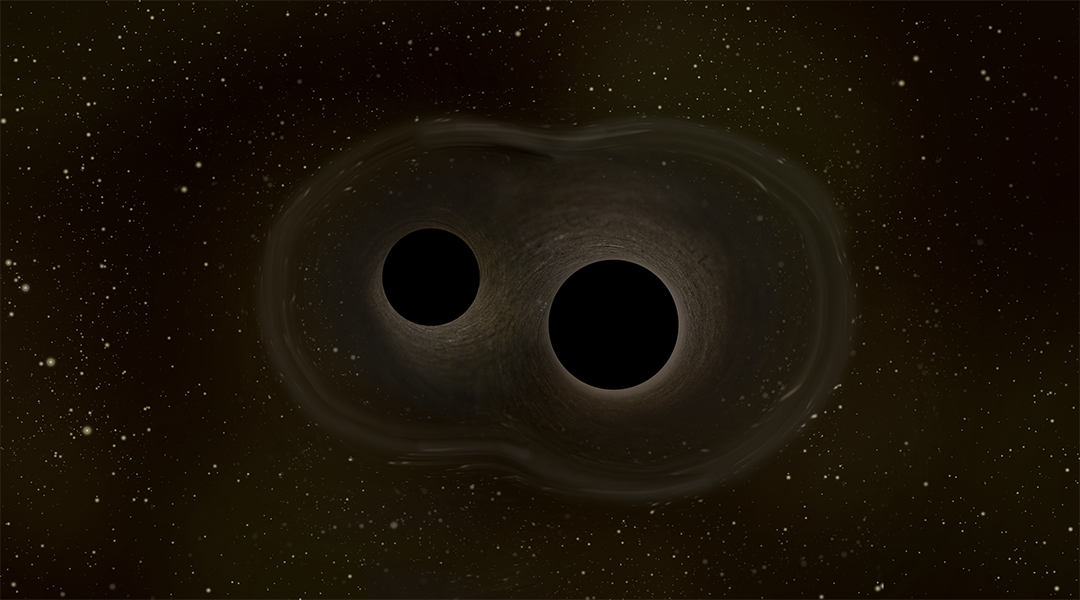
The existence of a quantum membrane is predicted by some theories of gravity, and scientists might be one step closer to identifying one.
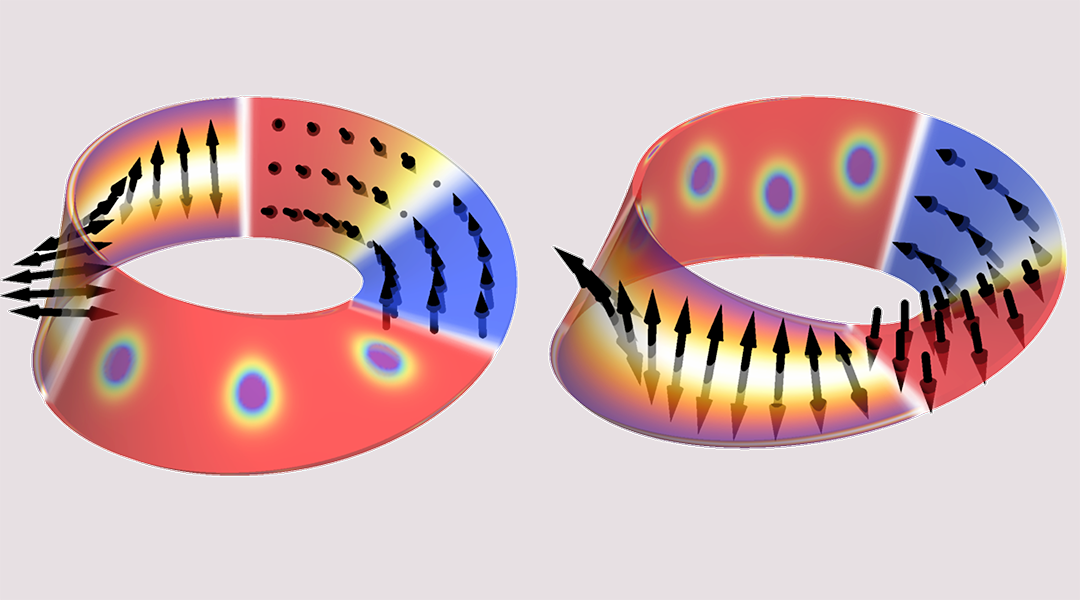
Predicting the properties of materials made easier through an understanding of their curvilinear geometries.
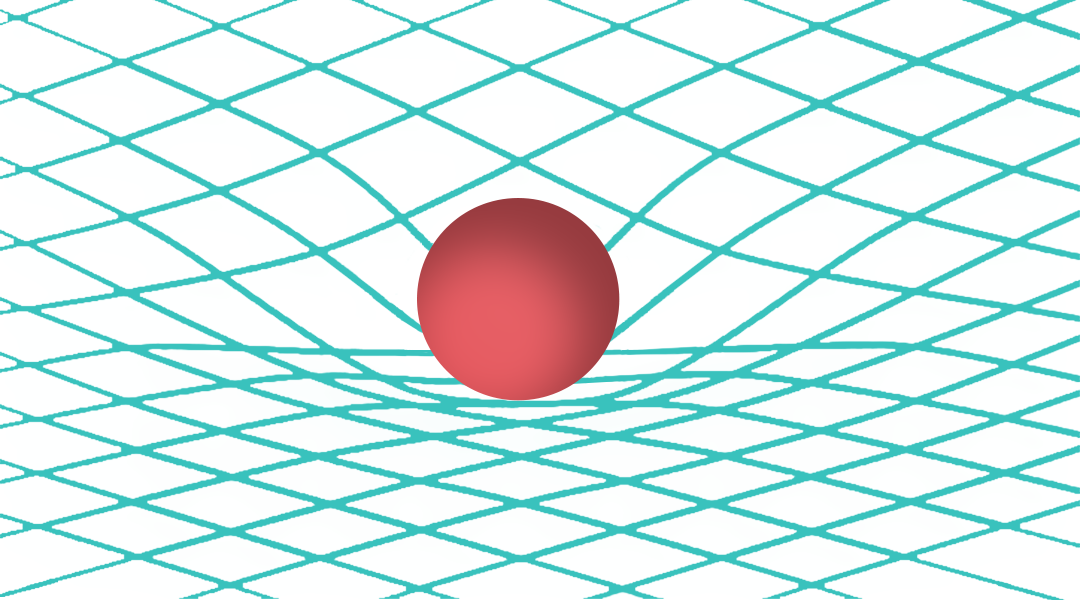
Regions of spacetime where gravity is so strong that nothing, not even light, can escape!
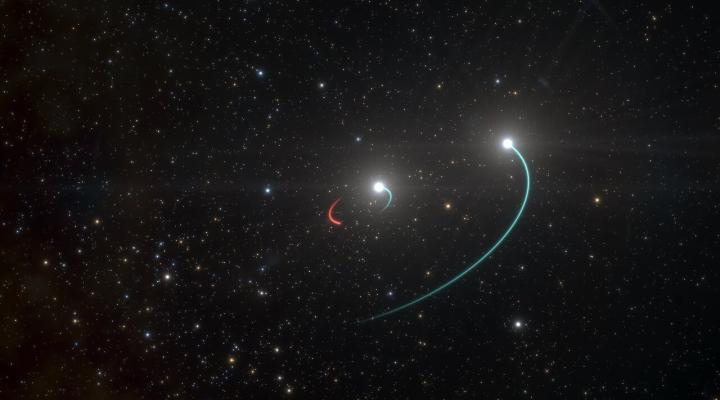
A team of astronomers from the European Southern Observatory (ESO) and other institutes has discovered a black hole lying just 1000 light-years from Earth.
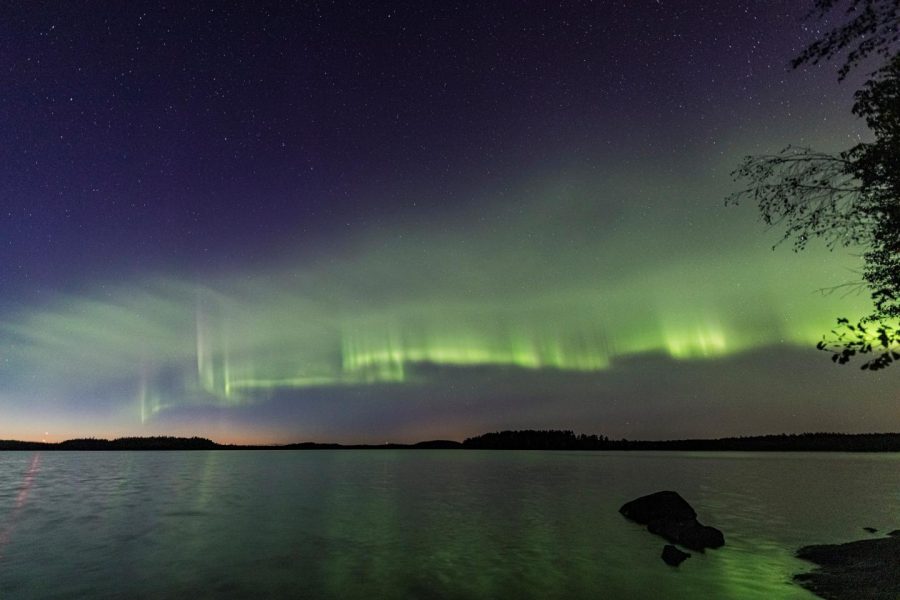
The newly discovered auroral dunes appear as a green-tinged and even pattern of waves resembling a striped veil of clouds or dunes on a sandy beach.
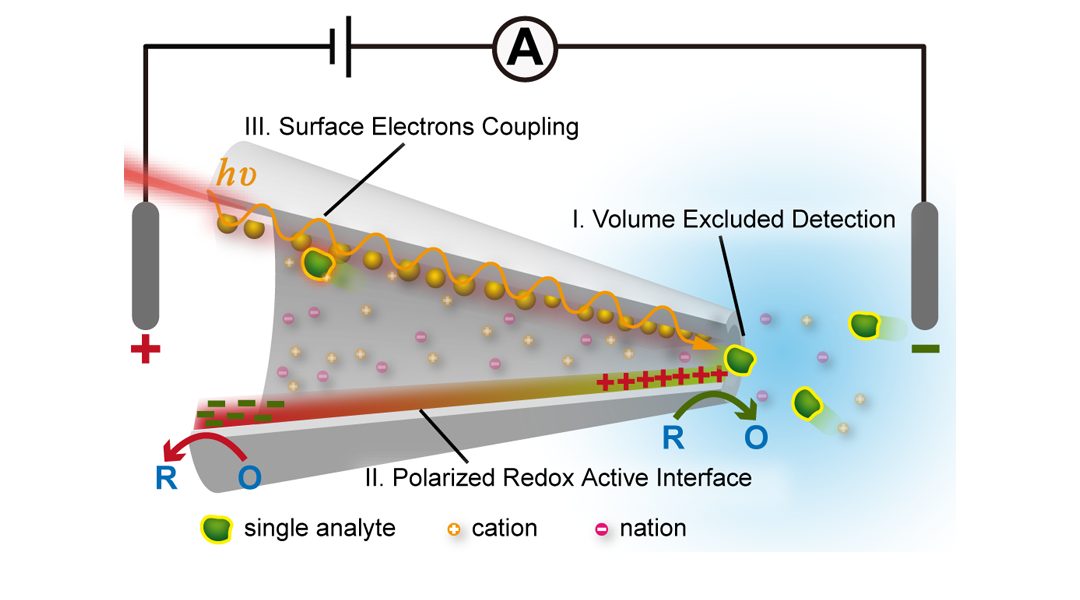
Electrochemical confined effects are capable of exploring the novel detection mechanisms of nanopore to efficiently convert the dynamic function/structure of single molecules into the ionic signatures or optical patterns. This will prompt the nanopore to emerge on the comprehensive range of future applications in both life and material science.
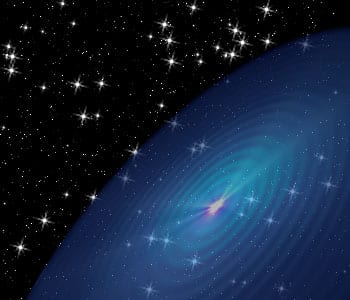
Scientists have shown that the Landau Lifshitz gravitational energy momentum pseudo-tensor can be generalized to metric theories of gravity, where the terms of any order in the derivatives of the metric are present.
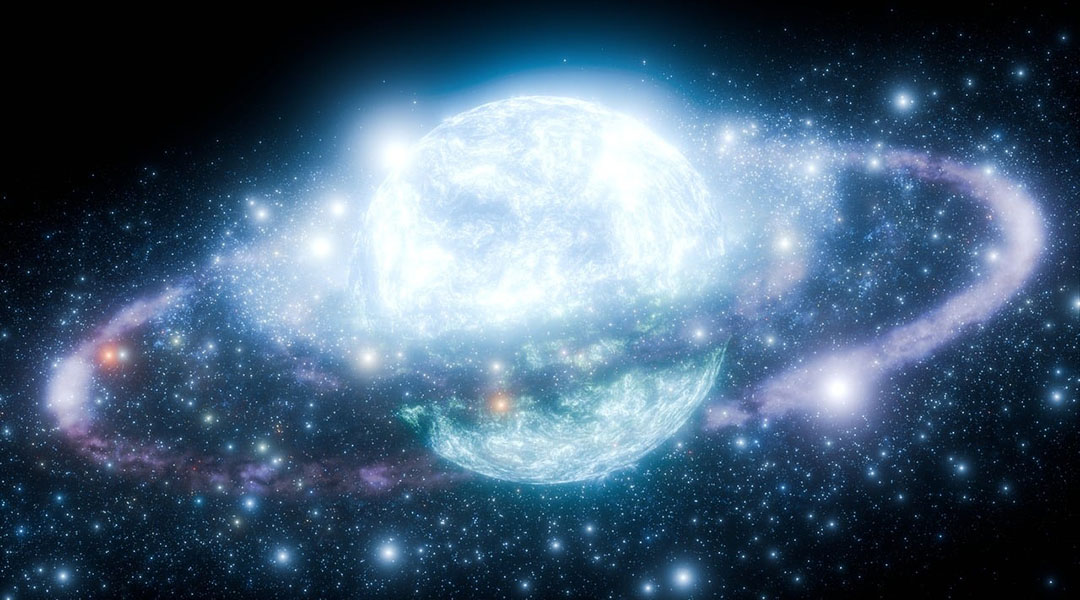
Dark matter may be gathering in dense clouds around neutron stars, potentially making it easier to observe it from Earth.